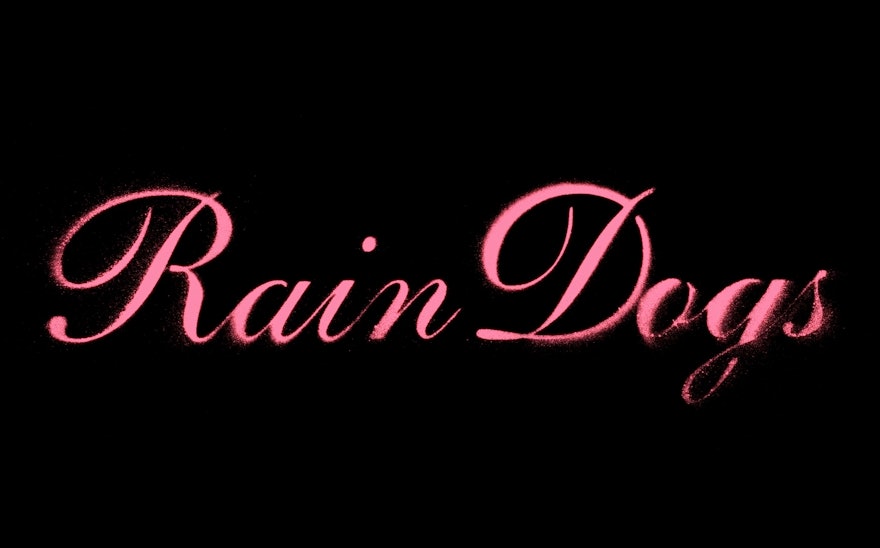From the cosmologies of ancient Black civilizations to the era of slavery and the present day, African Americans have reimagined the futures and possibilities across the globe through Afrofuturism. This ever-evolving concept is explored in Afrofuturism: A History of Black Futures, a major exhibition presented at the National Museum of African American History and Culture in Washington, DC. Pentagram partner Eddie Opara and team have created a bold design for the companion volume, out now from Smithsonian Books, complete with custom typography inspired by iconic objects featured in the exhibition.
The Pentagram team collaborated closely on the book with its co-editors, Kevin M. Strait, the curator of the exhibition, and Kinshasha Holman Conwill, deputy director emerita of NMAAHC. The show looks at the past, present and future of Afrofuturism as a platform of Black identity and African diaspora culture, and its expression through literature, music, art, film, fashion and activism in works that touch on themes of outer space, time travel, alternate realities, and sci fi technologies.
The exhibition encompasses hundreds of objects and images, and the 216-page book is richly illustrated with more than 125 photographs, many spotlighting items from Smithsonian collections. Featured artifacts include the red Starfleet uniform worn by Nichelle Nichols as Lt. Uhura on “Star Trek”; Chadwick Boseman’s T’Challa costume from “Black Panther”; the Parliament-Funkadelic Mothership, and costumes and props from George Clinton; Sun Ra’s space harp; handwritten lyrics by Jimi Hendrix; artworks by Nick Cave and Alma Thomas; infographics by W.E.B. Du Bois; and Octavia E. Butler’s typewriter. Musicians Nona Hendryx and Vernon Reid and sci-fi author N. K. Jemisin are among the contributors who wrote essays and reflections for the book.
“To consider Afrofuturism is to consider what the museum has long been dedicated to––that is, the bright future that Black people imagined and brought into being even while confronting a frequently perilous past,” says Kevin Young, the Andrew W. Mellon Director of NMAAHC. “From its contents to its stellar design, this book illustrates Afrofuturism as a movement that always looks forward even as it looks back.”
The museum wanted the book to have a life beyond the exhibition as a valuable and accessible resource on Afrofuturism. The Pentagram designers developed a flexible structure that interweaves essays, profiles and objects in an engaging mix that offers many different points of entry for anyone who picks up and flips through the book. The content is organized into sections that correspond to areas of the exhibition, from “Space Is the Place” and “Speculative Worlds” to “Visualizing Afrofuturism” and “Musical Futures.” Essays are introduced by large, two-page opening spreads that pair type and image.
The design utilizes three display typefaces that reference the distinctive typography of artifacts in the exhibition. These include Parliament Medium and Luke Cage Comic, adapted by the Pentagram designers from the logos on Parliament’s “Mothership Connection” album cover and Marvel’s Luke Cage comic book, respectively. The third typeface is VTC Du Bois, designed by Tré Seals of Vocal Type and based on W.E.B. Du Bois’ hand-drawn lettering from his pioneering infographics. (The Pentagram team also developed a typeface inspired by the zigzag lettering on the Betty Davis album “They Say I’m Different,” but it was ultimately not used because of concerns about legibility.) Supporting type is set in Halyard, created by Joshua Darden.
The typefaces cycle through the opening spreads and drop caps of the essays, giving the book a dynamic visual presence in line with the subject. The strong typography is complemented by a vibrant color palette based on colors found in the objects and images. The bright Pop look nods to the impact Afrofuturism has had on popular culture over the past half century.
The electric yellow book jacket and red cover beneath reference the colors of the original Parliament logo, with the exhibition title set in Parliament Medium. The cover features a detail of Android/Negroid #14, a photographic collage by the artist Wayne Hodge, layered with a gloss varnish that sets it off from the tactile soft matte jacket. The back cover recreates a work from the artist Alisha B. Wormsley’s billboard series, “There Are Black People in the Future.”
